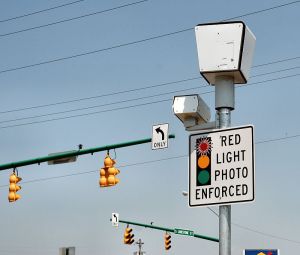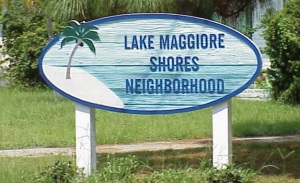By: Corey Givens Jr.
St. Petersburg – On Thursday, October 16, 2014 Congresswoman Kathy Castor (D-FL), visited USF St. Petersburg to celebrate their new U-Pass partnership with the Pinellas Suncoast Transit Authority (PSTA). The kickoff and press conference took place near the USFSP Student Center in the Quad at Harbor Walk, at 6th Avenue South and 2nd Street South.
Pinellas County Commissioner Ken Welch and St. Petersburg City Councilwoman Darden Rice both joined Congresswoman Castor at the Ribbon Cutting Ceremony. “Under USFSP’s new partnership with PSTA, students, faculty and staff can ride any PSTA bus or trolley FREE,” said Commissioner Welch.
PSTA CEO Bradley Miller was also present at the event. He blushed with excitement as he shook the Commissioner’s hand, before taking the mic at the podium.
“PSTA is one of the few transit systems to see continual ridership growth over the last five years including the recession, despite service cuts due to a major loss of property tax revenue,” said Miller.
One of PSTA’s hybrid “Smart Buses” was present, along with a surprise special guest… Rocky the Bull, USFSP’s mascot, made a special appearance at the Kickoff Celebration and rode the Smart Bus in style along with about 20 other politicians, students and reporters.
Brandy Murphy, 22, a USFSP Senior majoring in Biology spoke about how excited she was to be a part of the history that was taking place at that moment.
“St. Pete reminds me a lot of my hometown. Working-class people working together to make things work… Student’s like me who do not have a vehicle and commute to campus can now focus more on our studies and less on transportation because of the U-Pass.”
A myriad of media correspondents were present at the kickoff celebration. Television news stations present included: Bay News 9 and Fox 13 News. The Tampa Bay Times and USFSP’s Crow’s Nest were on scene to report as well.
Complimentary light refreshments were served to event attendees.
Commissioner Welch reiterated that the University and Pinellas county as a whole, would begin to see the following improvements once the plan is implemented:
• Lower work and school absences (students & staff do not have to worry about getting to-and-from work).
• A 25% increase in overall bus service throughout Pinellas County.
• Bus Rapid Transit lines on most major Pinellas corridors.
• Every weekend buses will run throughout Pinellas County to and from Tampa International Airport.
• Dual bus transit in North County.
• Longer service hours to accommodate second shift workers and evening travelers.
For more information on the U-Pass program, visit http://www.psta.net/upass





